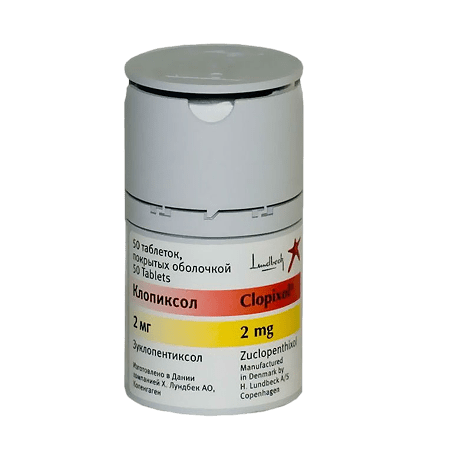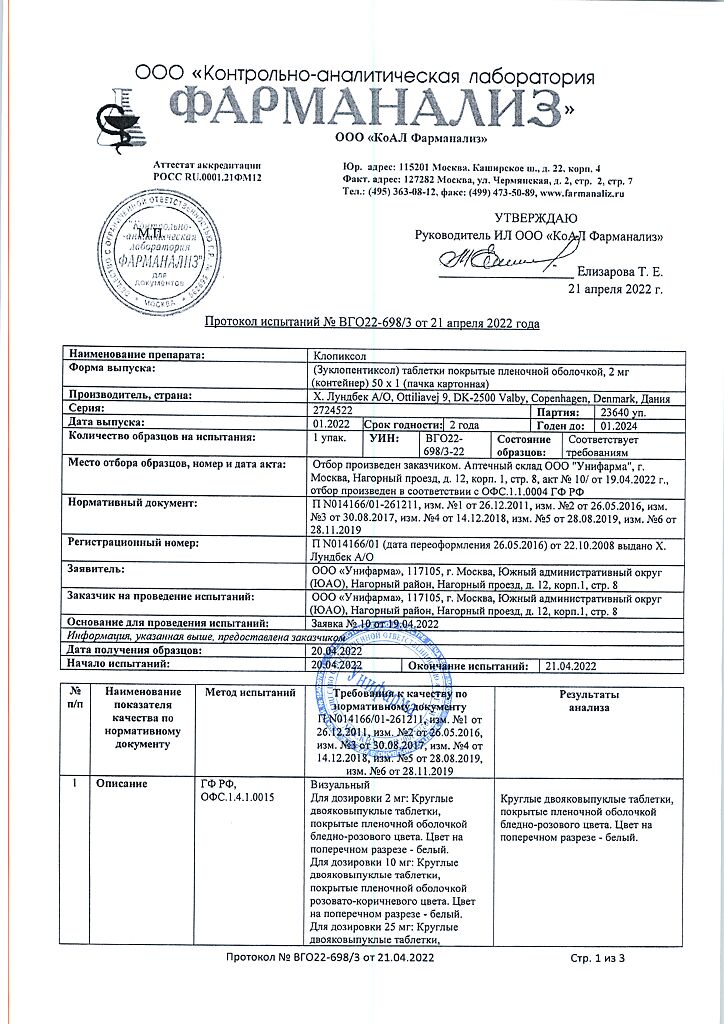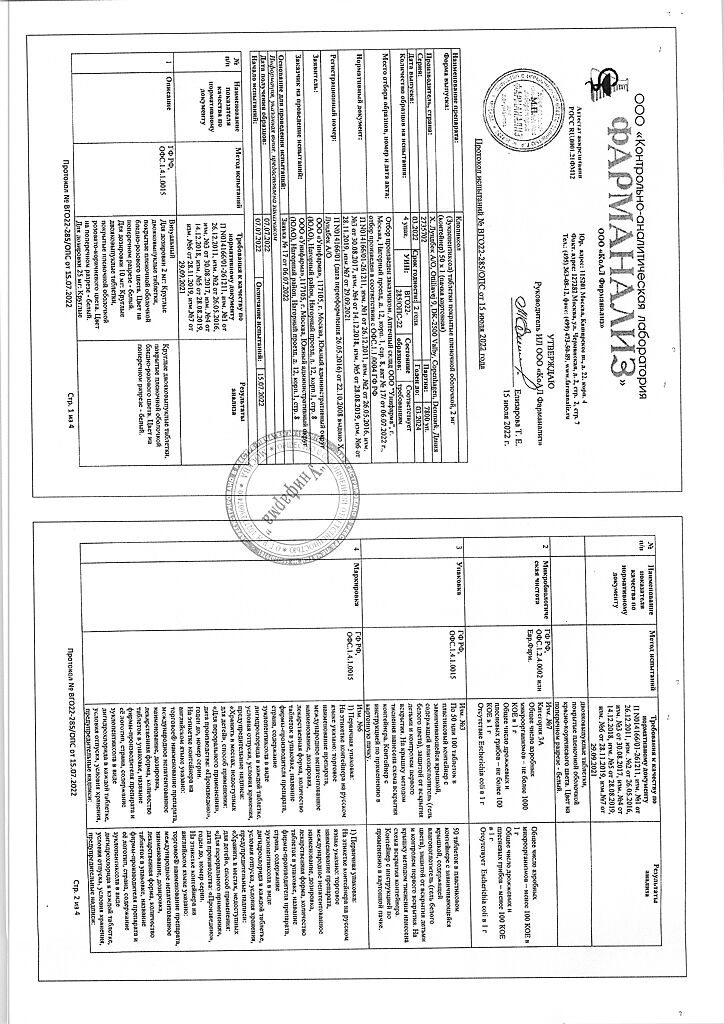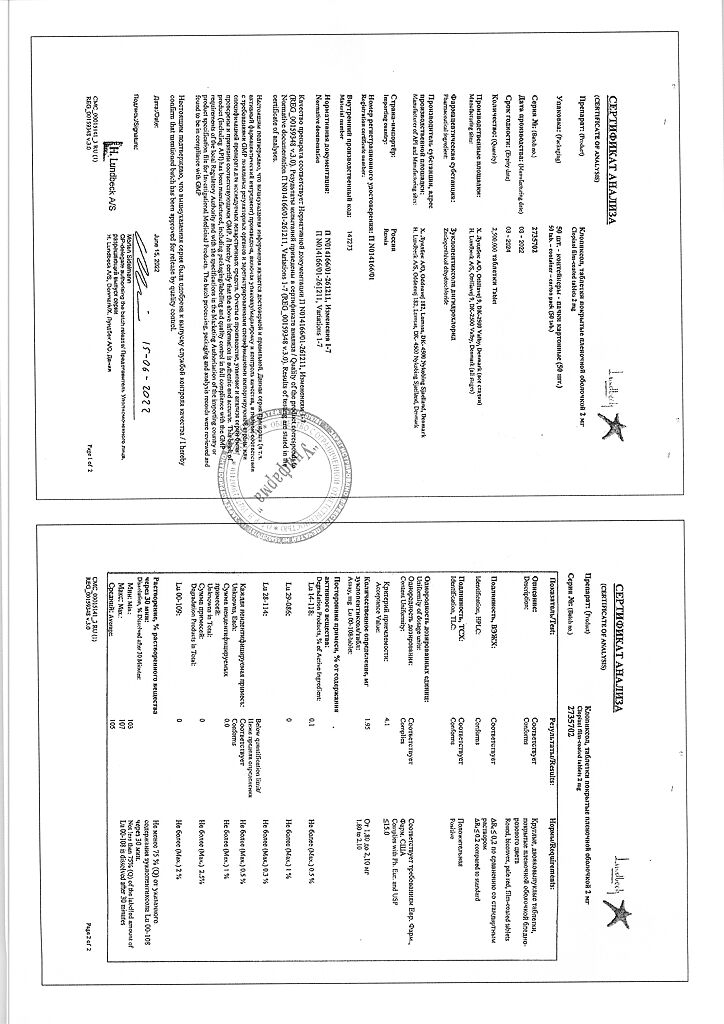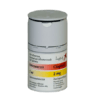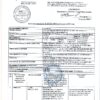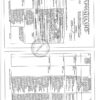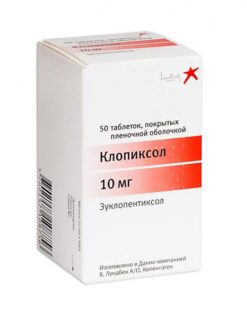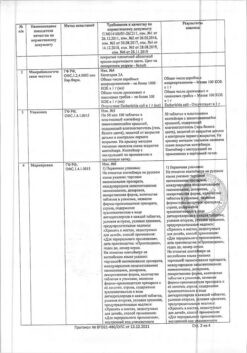No products in the cart.
Clopixol, 2 mg 50 pcs.
€3.12 €2.60
Out of stock
(E-mail when Stock is available)
Description
Clopixol is an antipsychotic (neuroleptic), a derivative of thioxanthene. Clopixol has a pronounced antipsychotic and specific inhibitory effect.
Clopixol may also have a transient, dose-dependent sedative effect, the rapid development of which at the beginning of therapy (before the onset of antipsychotic action) is an advantage in the treatment of acute and subacute psychosis. Tolerance to the unspecific sedative effect of the drug comes quickly. Because of its specific inhibitory effect, the drug is especially indicated for agitation, anxiety, hostility or aggressiveness.
A single injection of Clopixol-Acufaz provides a pronounced and rapid relief of psychotic symptoms. The duration of the antipsychotic effect of the drug after one injection is 2-3 days. A nonspecific sedative effect is seen after 2 hours, reaches its maximum after about 8 hours, after which it is significantly reduced and is weak with repeated injections.
The therapeutic effect of Clopixol depot is significantly more prolonged compared to Clopixol. This allows for confidence in continuous antipsychotic treatment with Clopixol Depot, which is especially important for patients who do not comply with physician’s orders. Clopixol depot prevents the development of frequent relapses associated with patients arbitrarily interrupting their oral medications.
Pharmacokinetics
Pharmacokinetic and clinical trials of Clopixol Depot have shown that injections of the drug are most appropriately given at 2-4 week intervals.
Pharmacokinetically, a dose of Clopixol depot 200 mg once every 2 weeks is equivalent to an oral dose of Clopixol of 25 mg/day for 2 weeks.
Intestinal absorption
After oral administration of Clopixol, the Cmax of zuclopentixol in plasma is reached after 4 hours. The bioavailability of zuclopentixol when taken orally is about 44%.
After injection of Clopixol-Acufase zuclopentixol acetate undergoes enzymatic cleavage into the active component zuclopentixol and acetic acid. The Cmax of zuclopentixol in blood serum is reached 24-48 hours (on average 36 hours) after injection. Then the concentration slowly decreases, reaching 1/3 of the Cmax 3 days after injection.
After injection of Clopixol depot zuclopentixol decanoate undergoes enzymatic cleavage into the active component zuclopentixol and decanoic acid. Cmax of zuclopentixol in blood serum is reached by the end of the first week after injection.
Distribution
Zuclopentixol passes through the placental barrier in small amounts, in small amounts is excreted with breast milk.
Metabolism and excretion
The T1/2 when ingested is approximately 20 hours.
The zuclopentixol depot concentration curve decreases exponentially following an oral injection with a T1/2 of 19 days, reflecting the rate of release of the active ingredient from the depot.
The metabolites have no neuroleptic activity; they are excreted mainly in the feces and partially in the urine.
Indications
Indications
acute and chronic schizophrenia and other psychotic disorders, especially with hallucinations, paranoid delusions and thought disorders;
states of agitation, increased anxiety, hostility, aggressiveness;
manic phase of manic-depressive psychosis;
mental retardation, combined with psychomotor agitation, agitation and other behavioral disorders;
senile dementia with paranoid ideas, disorientation, behavioral disturbances, confusion.
Pharmacological effect
Pharmacological effect
Clopixol is an antipsychotic drug (neuroleptic), a thioxanthene derivative. Clopixol has a pronounced antipsychotic and specific inhibitory effect.
Clopixol may also have a transient, dose-dependent sedative effect, the rapid development of which at the beginning of therapy (before the onset of antipsychotic action) is an advantage in the treatment of acute and subacute psychoses. Tolerance to the nonspecific sedative effect of the drug occurs quickly. Due to its specific inhibitory effect, the drug is especially indicated for agitation, restlessness, hostility or aggressiveness.
A single injection of Clopixol-acuphas provides significant and rapid relief of psychotic symptoms. The duration of the antipsychotic effect of the drug after one injection is 2-3 days. The nonspecific sedative effect appears after 2 hours, reaches a maximum after about 8 hours, after which it decreases significantly and is weakly manifested with repeated injections.
The therapeutic effect of Clopixol depot is significantly more prolonged compared to Clopixol. This allows confident continuous antipsychotic treatment with Clopixol depot, which is especially important for patients who do not comply with medical prescriptions. Clopixol depot prevents the development of frequent relapses associated with arbitrary interruption of patients taking oral medications.
Pharmacokinetics
Pharmacokinetic and clinical trials of Clopixol depot have shown that injections of the drug are most advisable at intervals of 2-4 weeks.
Pharmacokinetically, a dose of Clopixol depot 200 mg once every 2 weeks is equivalent to an oral dose of Clopixol of 25 mg/day for 2 weeks.
Suction
After taking Clopixol orally, the Cmax of zuclopenthixol in the blood plasma is achieved after 4 hours. The bioavailability of zuclopenthixol when taken orally is about 44%.
After an intramuscular injection of Clopixol-acufaz, zuclopenthixol acetate undergoes enzymatic cleavage into the active component zuclopenthixol and acetic acid. Cmax of zuclopenthixol in serum is achieved 24-48 hours (on average 36 hours) after injection. The concentration then slowly decreases, reaching 1/3 of the Cmax 3 days after injection.
After an intramuscular injection of Clopixol, zuclopenthixol decanoate depot undergoes enzymatic cleavage into the active component zuclopenthixol and decanoic acid. Cmax of zuclopenthixol in serum is achieved by the end of the first week after injection.
Distribution
Zuclopenthixol penetrates the placental barrier in small quantities and is excreted in breast milk in small quantities.
Metabolism and excretion
When taken orally, T1/2 is approximately 20 hours.
After an intramuscular injection of Clopixol depot, the concentration curve of zuclopenthixol decreases exponentially, with T1/2 being 19 days, which reflects the rate of release of the active substance from the depot.
Metabolites do not have neuroleptic activity; excreted mainly in feces and partially in urine.
Special instructions
Special instructions
Clopixol may affect the ability to drive a car and use other mechanisms.
Therefore, caution should be exercised when initiating therapy until the patient’s response to treatment is determined.
During long-term therapy, it is necessary to carefully monitor the patient’s condition.
With extreme caution, Clopixol should be prescribed to patients with convulsive syndrome, chronic hepatitis and cardiovascular diseases.
Clopixol is not recommended for use during pregnancy and breastfeeding.
Active ingredient
Active ingredient
Zuclopenthixol
Composition
Composition
1 film-coated tablet contains:
Active ingredient:
Zuclopenthixol (as dihydrochloride) 2 mg.
Excipients:
potato starch,
lactose monohydrate,
microcrystalline cellulose,
copovidon,
glycerol 85%,
talc,
hydrogenated castor oil,
magnesium stearate.
Pregnancy
Pregnancy
Contraindicated. Nursing mothers should stop breastfeeding.
Contraindications
Contraindications
acute alcohol intoxication;
acute intoxication with barbiturates;
acute intoxication with opioid analgesics;
comatose states.
Side Effects
Side Effects
From the nervous system. The development of extrapyramidal symptoms is possible, especially at the initial stage of treatment. In most cases, they are corrected by reducing dosages and/or prescribing antiparkinsonian drugs. However, regular preventive use of the latter is not recommended.
In rare cases, with long-term therapy, patients may develop tardive dyskinesia. Antiparkinsonian drugs do not eliminate its symptoms. A dosage reduction or, if possible, discontinuation of therapy is recommended.
From the side of mental activity. Drowsiness in the initial stage.
From the autonomic nervous system and cardiovascular system. Dry mouth, impaired accommodation, urinary retention, constipation, tachycardia, orthostatic hypotension and dizziness.
From the side of the liver. Rarely, minor transient changes in liver function tests are observed.
Interaction
Interaction
No chemically incompatible combinations have been identified.
Clopixol may enhance the sedative effects of alcohol, barbiturates and other central nervous system inhibitors.
Clopixol should not be prescribed together with guanethidine and similarly active drugs, because antipsychotics can block their hypotensive effect.
Clopixol may reduce the effectiveness of levodopa and other adrenergic agents, and combination with metoclopramide and piperazine increases the risk of developing extrapyramidal symptoms.
Overdose
Overdose
Symptoms: possible drowsiness, coma, extrapyramidal disorders, convulsions, arterial hypotension, shock, hyper- or hypothermia.
Treatment: if the drug is taken orally, it is necessary to rinse the stomach as quickly as possible; the use of a sorbent is recommended. Subsequently, symptomatic and supportive therapy is carried out.
Measures should be taken to maintain the functioning of the respiratory and cardiovascular systems. Epinephrine (adrenaline) should not be used because this may lead to a further decrease in blood pressure. Seizures can be treated with diazepam, and extrapyramidal symptoms with biperiden.
Storage conditions
Storage conditions
At a temperature not exceeding 25 °C
Shelf life
Shelf life
5 years
Manufacturer
Manufacturer
H. Lundbeck A/O, Denmark
Additional information
| Shelf life | 5 years |
|---|---|
| Conditions of storage | At a temperature not exceeding 25 °C |
| Manufacturer | Х. Lundbeck A/O, Denmark |
| Medication form | pills |
| Brand | Х. Lundbeck A/O |
Other forms…
Related products
Buy Clopixol, 2 mg 50 pcs. with delivery to USA, UK, Europe and over 120 other countries.

